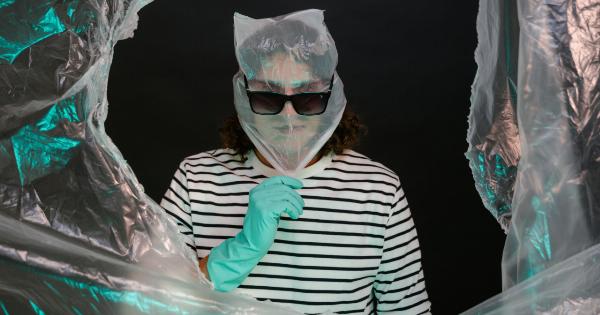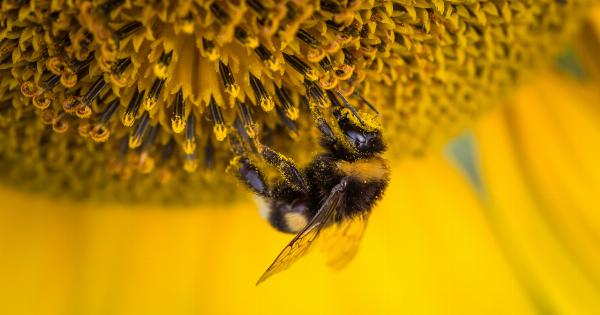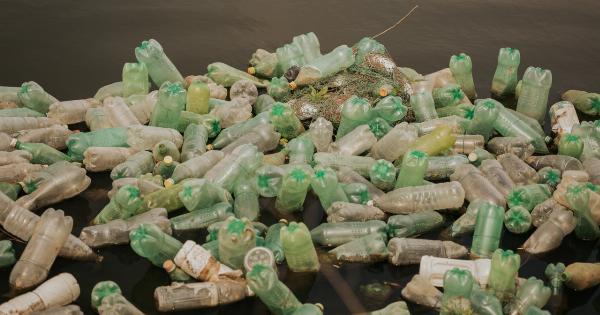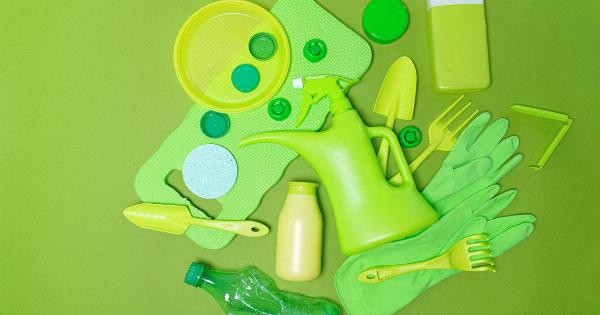Plastic pollution is a growing concern that affects our environment in various ways. However, the impact of plastic waste goes beyond just littering our oceans and landfills.
Recent research has shed light on the alarming presence of cancer-causing chemicals in plastic, which poses a direct threat to our health and well-being. In this article, we will explore the dangers of plastic pollution and how these toxic substances find their way into our bodies.
The Ubiquity of Plastic in Our Lives
Plastic has become an integral part of our modern lifestyle. From food packaging and cosmetic containers to electronic devices and household items, it’s hard to imagine a world without plastic.
Its versatility, durability, and low cost make it a convenient choice for manufacturers and consumers alike. However, the sheer volume of plastic production and consumption has resulted in a significant environmental crisis.
The Problem of Plastic Pollution
Plastic pollution occurs when plastic waste is improperly disposed of or mismanaged. A significant portion of plastic ends up in the oceans, where it poses a severe threat to marine life.
Animals, such as dolphins, turtles, and seabirds, often mistake plastic debris for food, leading to fatal consequences.
Plastic waste doesn’t just stay in the oceans; it also finds its way into our food chain. Through a process known as bioaccumulation, toxic chemicals present in plastic can enter the tissues and organs of marine animals.
Eventually, these chemicals make their way to our dinner plates when we consume seafood.
The Chemicals Lurking in Plastic
Many plastics contain harmful chemicals that can leach into the environment and subsequently contaminate our bodies. Among the most concerning are phthalates, bisphenol A (BPA), and polychlorinated biphenyls (PCBs).
These chemicals have been linked to various health problems, including cancer.
Phthalates: A Silent Threat
Phthalates are a group of chemicals used in the production of plastics to increase their flexibility and durability. They are commonly found in PVC products, such as vinyl flooring, shower curtains, and even children’s toys.
Studies have shown that phthalates can disrupt the endocrine system, leading to hormone imbalances. This, in turn, increases the risk of certain cancers, such as breast, ovarian, and prostate cancer.
Bisphenol A (BPA): The Notorious Villain
Bisphenol A, or BPA, is a chemical compound used in the manufacturing of polycarbonate plastics and epoxy resins. It is found in numerous household items, including water bottles, food containers, and the lining of canned goods.
Research has linked BPA exposure to an increased risk of breast and prostate cancers, as well as infertility, obesity, and diabetes.
Polychlorinated Biphenyls (PCBs): A Persistent Threat
PCBs were widely used in the past in electrical equipment and other industrial applications. Although their production has been banned in many countries, they still persist in the environment due to their resistance to degradation.
PCBs can accumulate in the fatty tissues of animals, including fish, and subsequently contaminate humans who consume such contaminated seafood. Long-term exposure to PCBs has been associated with cancer, immunotoxicity, and reproductive disorders.
How Plastic Chemicals Enter Our Bodies
There are multiple pathways through which plastic chemicals enter our bodies. The most common route is through the ingestion of contaminated food and water.
When plastic bottles or containers are exposed to heat, leaching of chemicals into the contents can occur, especially in the case of acidic or fatty foods and drinks. Additionally, microplastics – tiny plastic particles – have been found in tap water, bottled water, and even in the air we breathe.
Inhalation of airborne microplastics is becoming a growing concern, particularly for individuals living in urban areas with high levels of air pollution. These particles can contain a cocktail of toxic chemicals, including those that are carcinogenic.
Once inhaled, these microplastics can reach the lungs and potentially enter the bloodstream, spreading throughout the body.
The Health Implications
The presence of cancer-causing chemicals in plastic pollution has significant health implications. Prolonged exposure to these toxins can increase the risk of developing various types of cancer, including breast, prostate, liver, and lung cancer.
Additionally, these chemicals can disrupt hormonal balance, leading to reproductive problems, birth defects, and developmental disorders in children.
Taking Action to Reduce Plastic Pollution
Addressing plastic pollution requires collective efforts on a global scale. Governments, industries, and individuals must take action to mitigate the adverse effects of plastic waste. Here are some steps we can take:.
- Reduce single-use plastic consumption by opting for reusable alternatives, such as cloth bags and metal water bottles.
- Properly dispose of plastic waste by recycling or using designated collection facilities.
- Support legislation that promotes the reduction of plastic production and encourages the development of sustainable alternatives.
- Educate and raise awareness about the harmful effects of plastic pollution.
- Invest in research and innovation to develop environmentally friendly materials and technologies.
- Support organizations and initiatives working towards plastic pollution prevention and cleanup.
In Conclusion
Plastic pollution poses a significant threat to our environment and our health. The presence of cancer-causing chemicals in plastic waste is a growing concern that cannot be ignored.
By understanding the dangers associated with plastic pollution and taking decisive action to reduce our reliance on single-use plastics, we can protect ourselves and future generations from the harmful effects of these toxic substances.






























